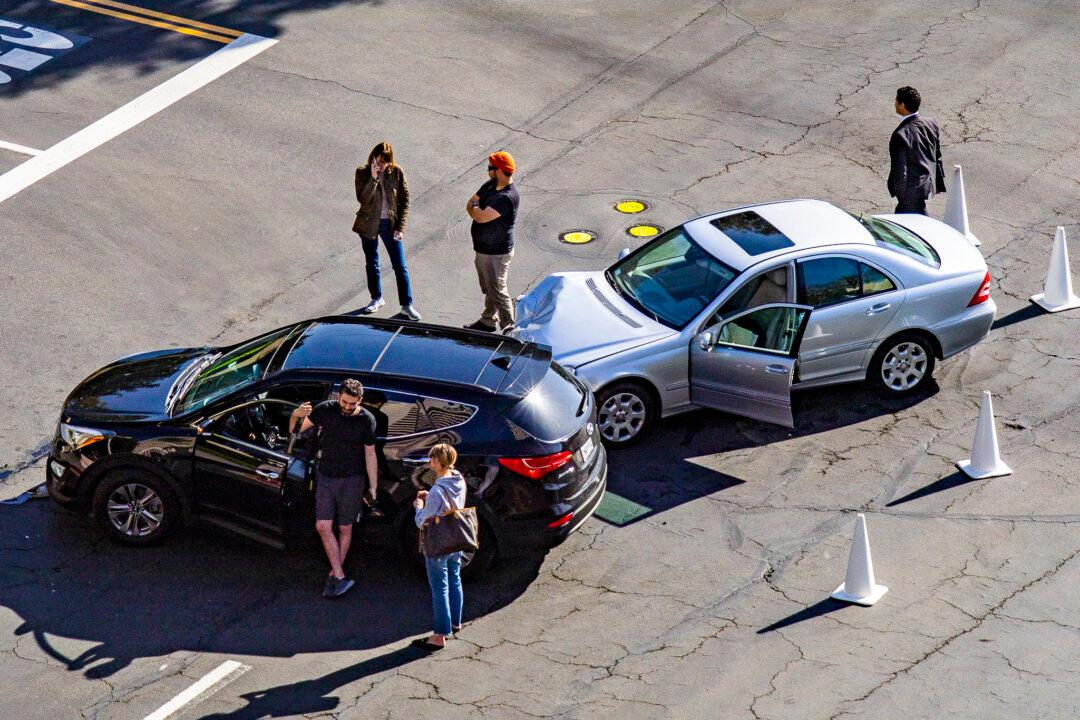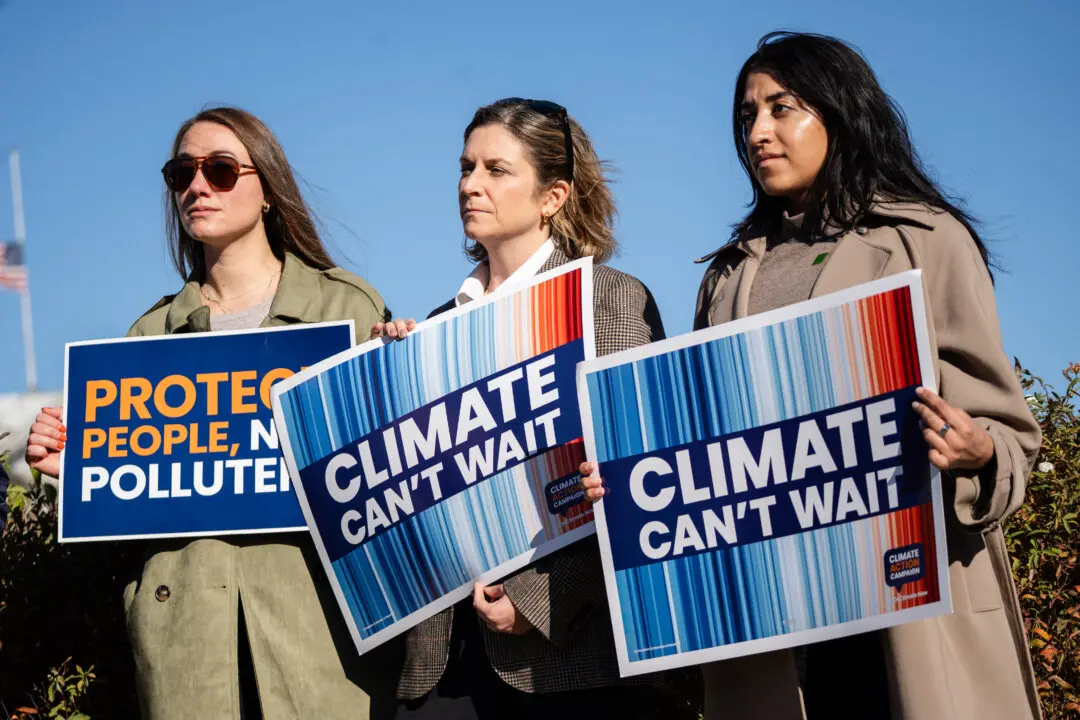As Americans contend with higher costs for food and housing, they are being hit with another large and often unexpected price hike: car insurance premiums.
According to the motor vehicle insurance index compiled by the U.S. Bureau of Labor Statistics (BLS), average car insurance rates have increased more than 50 percent between August 2020 and August of this year. By comparison, the cumulative U.S. inflation rate since 2020 is approximately 21 percent.





